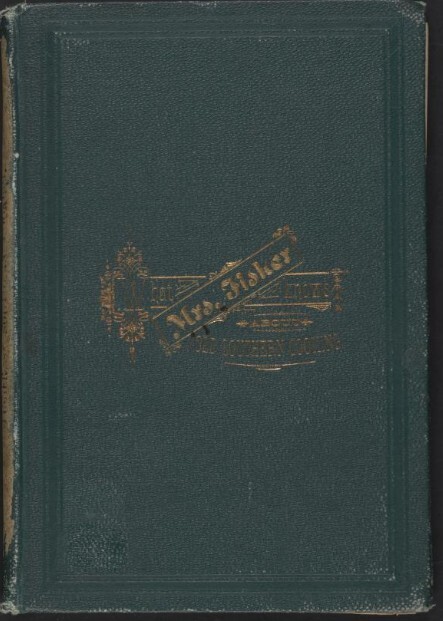Canned Foods Enter the Kitchen
By the early 20th century, canned foods were more than factory products, they were household essentials. Cookbooks like Mary Johnson Bailey Lincoln’s Boston Cook Book introduced recipes for canned shrimp, canned mushrooms, canned tomatoes, and even canned turtle, reflecting how everyday cooking adapted to industrial food products. Wilcox Eh. Woods and Abby Fisher showed how preserved goods could ease household labor while maintaining culinary tradition. Marion Harland, commissioned by the National Canners Association, explicitly promoted canned goods as practical solutions for modern homes. Harvey Levenstein a McMaster emiratus analyzed the 1880s to 1930s food habits and how Americans were being marketed to, he enlightens us to the fact that canned good were becoming increasingly popular. With more goods becoming avaliable, these cookbooks symbolized a domestic revolution, blending convenience with culinary creativity. No longer where canned goods a sub-par option but rather actively chosen! This section explores how home kitchens welcomed the can, reshaping shopping habits and daily meals. Within the pictures below there are two recipes about the same product but made in a different way, whats the biggest difference?
Marion Harland, The Story of Canning and Recipes, 1910.
Commissioned by the National Canners Association, Harland’s book actively promoted the benefits of canned goods to American households. Combining education and persuasion, she emphasized safety, convenience, and versatility. Strasser discusses how such promotional materials built consumer trust, aligning domestic cooking with industrial advancements. Harland’s recipes and narratives reassured homemakers that using canned products did not compromise quality, but rather reflected modern culinary progress. Look inside to see 3 peculiar recipes using canned goods!
Abby Fisher, What Mrs. Fisher Knows About Old Southern Cooking, 1881.
Abby Fisher’s cookbook blends heritage cuisine with new technologies, including preserved fruits and pickles. As an African American woman and former enslaved person, Fisher’s work is historically significant, illustrating how canned goods entered diverse kitchens. Her recipes show adaptability, maintaining traditional flavors while using modern preservation methods. Levenstein highlights this shift as part of a larger cultural embrace of convenience foods, where canned products offered accessibility without abandoning culinary identity.
Wilcox Eh. Woods, Practical Housekeeping: A Careful Compilation of Tried and Approved Recipes, 1887.
Woods’s Practical Housekeeping captures a pivotal moment in home cooking, where tradition met industrial convenience. His recipes, featuring preserved goods, reflect how canned foods became woven into daily life. Levenstein observes that cookbooks like Woods’s helped normalize factory-produced ingredients in the domestic sphere, promoting them as safe, efficient, and modern. Woods empowered home cooks to embrace canned foods not as compromises, but as reliable tools for preparing wholesome family meals.
Mary Johnson Bailey Lincoln, Mrs. Lincoln's Boston Cook Book: What to Do and What Not to Do in Cooking, 1884.
Lincoln’s cookbook demonstrates the everyday reach of canned goods, featuring recipes with canned shrimp, mushrooms, tomatoes, and even canned turtle. Her pragmatic approach shows how industrially preserved foods became routine parts of household shopping and cooking. Levenstein underscores how such adoption marked a domestic revolution, where convenience and variety expanded home culinary possibilities. Lincoln’s work embodies this shift, turning the pantry into a gateway for modern, efficient cooking. Click the picture to see those canned goods in action!



